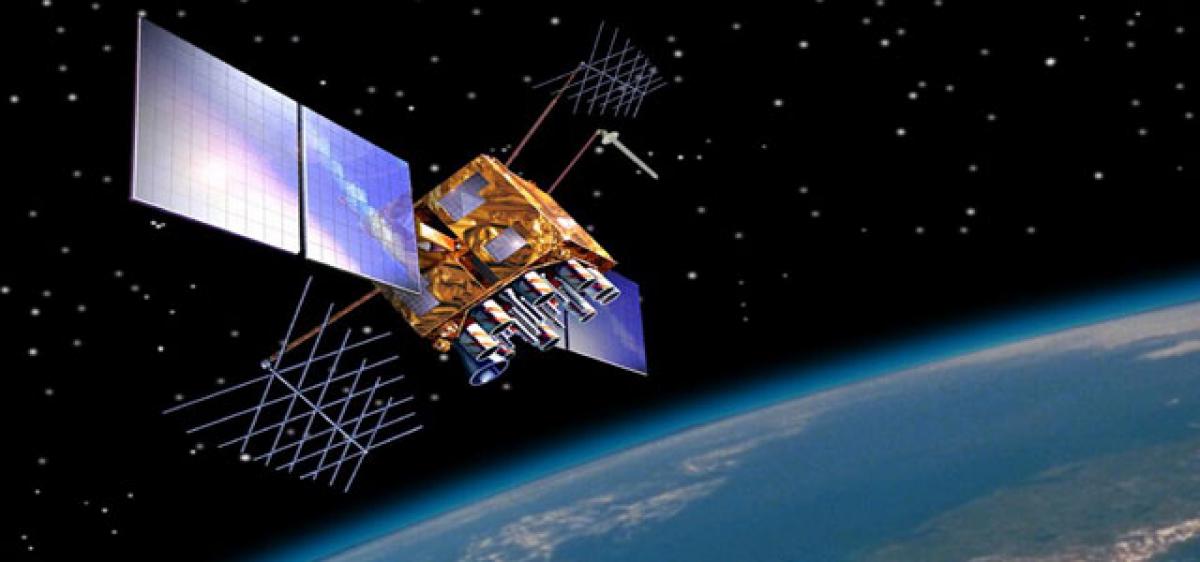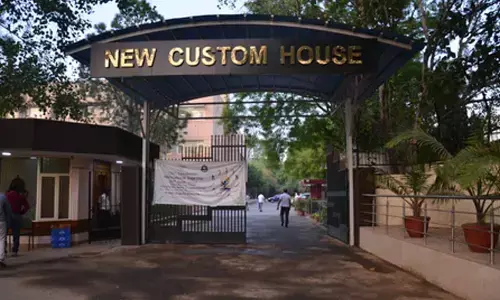Chandrayaan-2

Chandrayaan 2, India’s second mission to the Moon, is an advanced version of the previous Chandrayaan-1 mission. It consists of an Orbiter, Lander and Rover configuration.
Chandrayaan 2, India’s second mission to the Moon, is an advanced version of the previous Chandrayaan-1 mission. It consists of an Orbiter, Lander and Rover configuration. It is a totally indigenous mission comprising of Orbiter, Lander and Rover. The Orbiter and Rover flight systems are in advanced stage of realisation. Payloads are under development at various ISRO Centres / laboratories. Realisation of indigenous Lander is in progress.
Special tests for new systems in Lander have been identified and a Lander Sensors Performance Test (phase-1) over artificial craters created in Chitradurga district in Karnataka has been conducted. Lunar Terrain Test facility is ready for Lander drop test and Rover mobility tests.
It is planned to be launched as a composite stack into the Earth Parking Orbit (EPO) of 170 X 18,500 km by GSLV-Mk II. The Orbiter carries the combined stack up to moon till the Lunar Orbit Insertion (LOI). The combined stack is then inserted into a lunar orbit of 100 km x 100 km. The Lander is separated from the Orbiter in this orbit.
During 2010, it was agreed that Russian Space Agency ROSCOSMOS would be responsible for lunar Lander and ISRO will be responsible for Orbiter and Rover as well as Launch by GSLV. Later, due to a shift in the programmatic alignment of this mission, it was decided that the Lunar Lander development would be done by ISRO and Chandrayaan-2 will be totally an Indian mission.
The Orbiter carrying six payloads will orbit around the Moon in 100 km lunar orbit. The payloads will collect scientific information on lunar topography, mineralogy, elemental abundance, lunar exosphere and signatures of hydroxyl and water-ice. ISRO is working towards the launch of Chandrayaan-2 during the first quarter of 2018.
Chandrayaan-1, India's first mission to Moon, was launched successfully on October 22, 2008 from SDSC SHAR, Sriharikota. The spacecraft was orbiting around the Moon at a height of 100 km from the lunar surface for chemical, mineralogical and photo-geologic mapping of the Moon.
The spacecraft carried 11 scientific instruments built in India, USA, UK, Germany, Sweden and Bulgaria. The orbit was later raised to 200 km in May 2009. The satellite made more than 3400 orbits around the moon and the communication with the spacecraft was lost on August 29, 2009.














